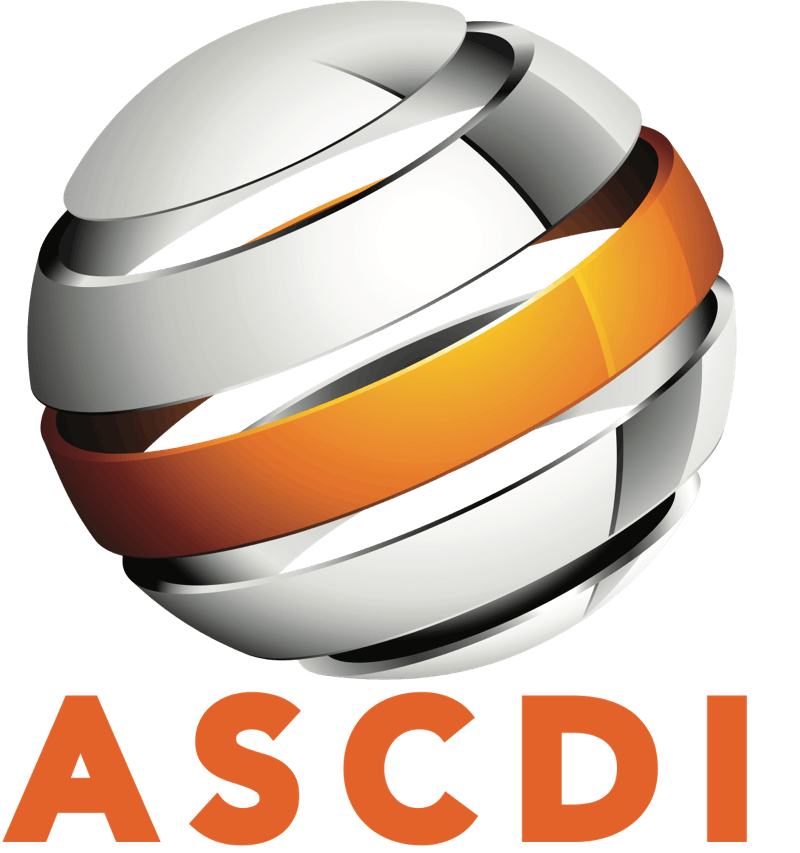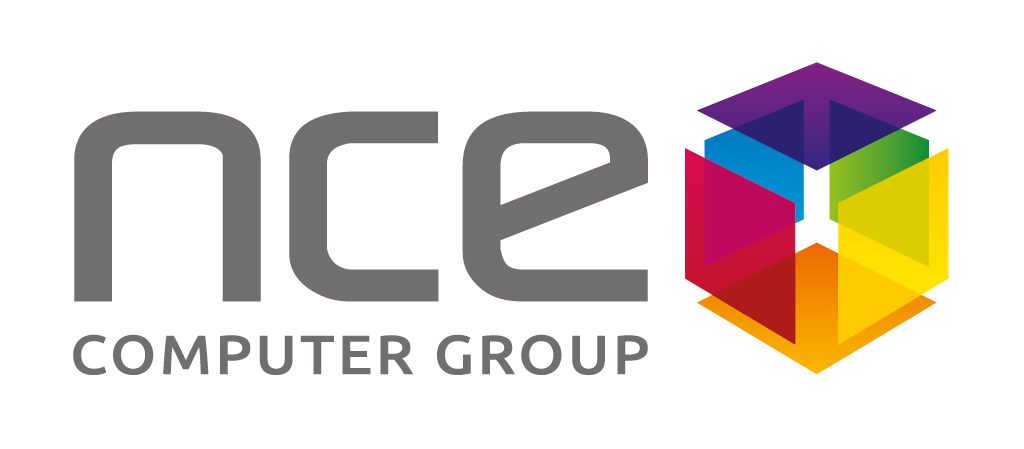Are you concerned about the proposed changes to the U.S. Tax Policy? Learn more about how your business can be effected by the possible upcoming tax changes.
Many businesses in the Supply Chain community are concerned about the new administration and their proposed changes to the U.S. Corporate tax policy, particularly with the possibility of new taxes on imports. While the so called border taxes are getting all the press, it is but one aspect of the overall tax plans being proposed by both the GOP and the Trump administration. Let’s explore the big picture in order to better assess what actions we can take as supply chain professionals in response to these changes.
AN OVERVIEW OF THE KEY TAX PLAN CHANGES
There are currently two plans in play on Capitol Hill; one is the GOP Tax Plan published last summer, (http://abetterway.speaker.gov/_assets/pdf/ABetterWay-Tax-PolicyPaper.pdf) and the other is the Trump Tax Plan published during his campaign, (https://assets.donaldjtrump.com/trump-tax-reform.pdf). Both of these plans share some common characteristics that will significantly impact the business environment. Some of the biggest issues to consider for companies in the supply chain world are:
- Reduction of Corporate Tax Rates
- Expensing of Capital Investment
- Border Adjusted Taxes
REDUCTION OF CORPORATE TAX RATES
Both the GOP and the Trump proposals include a reduction in the corporate marginal tax rate from our current 35% rate to 15% or 20%. In most cases, offshore income would be tax exempt. Considering that the personal income tax rates are also being reduced, this leaves a big hole to fill to keep both plans revenue neutral to the government, a key component to win Congressional approval.
The missing revenues will be replaced by several new taxes including the GOP Border Adjusted Tax we will discuss below. Also significant is the one-time tax benefit to repatriate offshore cash, which means corporations can bring the money back to the U.S. at a 10% rate, (the GOP Plan is 8.75%). We have all heard about the cash hoards U.S. companies are holding offshore to avoid U.S. corporate taxes, to the tune of $2.5 trillion dollars at last count. This means a pretty nice tax bump for Uncle Sam in the first few years of the plan as this cash comes home.
EXPENSING OF CAPITAL INVESTMENT
In order to stimulate domestic production, both plans offer a new option to fully deduct the value of Capex investments in year one versus a mandatory depreciation schedule over time. This is one aspect of the plans that puts them in the category of “cash-flow” or “consumption” based plans.
GOP BORDER ADJUSTMENT TAX
This is the much talked about point we are all hearing about first. The new plans both propose a 20% Border Adjustment Tax (BAT) on imported goods and services. This is a key component to the overall tax plans that will keep them revenue neutral. You may hear this plan referred to as a tariff, which it is not; nor is it a Value-Added Tax (VAT). As foreign income is no longer taxed, there is no longer a tax to export domestically produced goods as is currently the case. The BAT is intended to balance the playing field, so that foreign and domestically produced goods are both treated equally. This is why the overall plan is called a “destination-based cash flow tax”.
The BAT is what the media is currently focused on, and one will hear stories about consumers getting stuck with the bill as imported material gets hit with the new tax. However, standard economic theory argues that a destination-based cash flow plan such as that being proposed will increase the relative value of the dollar, which will likely offset the 20% BAT, as our dollar will now buy more value in foreign markets. For more information about these important aspects of the BAT, read the article “Understanding the House GOP’s Border Adjustment” published by the Tax Foundation at https://taxfoundation.org/faqs-border-adjustment/.
WHAT DOES THIS ALL MEAN TO MY SUPPLY CHAIN?
Obviously, it means we need to be on our toes and start contingency planning for restructuring our supply chain. We need to evaluate whether our offshoring models will stand up to the new business reality. Can we produce and service goods in the U.S. cost effectively? There certainly are some significant motivations to do so if we can. This is the time to reach out to vendors and suppliers in our forward and reverse supply chain networks to find out what domestic delivery capabilities they can bring to the table, and how they can participate in the development of a transition plan should the time come to pull the trigger.
Regardless of our political beliefs, we should act with the understanding that in some way, shape, or form, this trigger is likely to be pulled. We have to assume that the GOP controlled Congress and our new administration will get some version of this tax plan in place. We also should be mindful of not just focusing on the BAT, but the overall implications of the new tax plans. This is not a time for negative thinking. This could be a fantastic opportunity to expand our foreign markets for example, or get approvals for Capex investments we may have thought impractical to plan for previously. This is an excellent time for the well-prepared to succeed.
Pete Paisley is the Vice President of Supply Chain Onshoring Services for NCE Computer Group Inc., based in El Cajon, CA. NCE Computer Group is a leading provider of outsourced technical services to OEM’s including field services, screen/test/repair, and customer support. You can reach Pete at 619-212-3026, or paisleyp@ncegroup.com.

